- 10shares
- 10
This wooden sculpture is 4,500 years old. It depicts an Egyptian priest, Kaaper, and was made around 2500 BCE. Its eyes are made from copper and rock crystal. And they look very real!
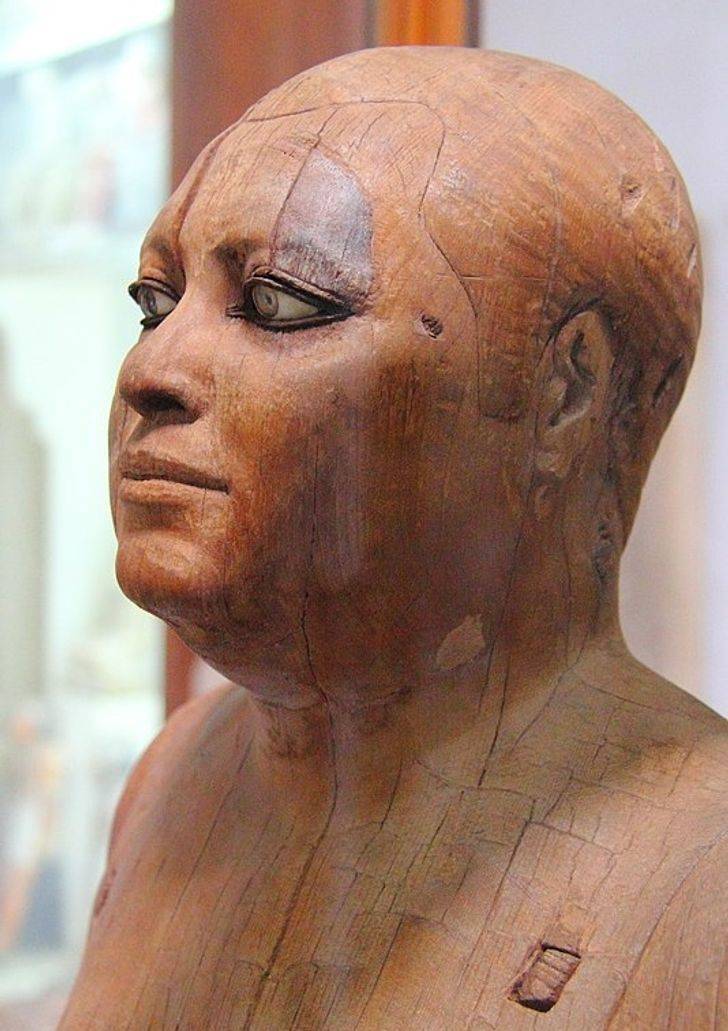
This is a cosmetic spoon in the shape of a swimming woman. The lid, which is shaped like an antelope, can be opened. Inside there was once a container for a beauty product, Egypt, circa 1390 B.C.E. to 1352 B.C.E.
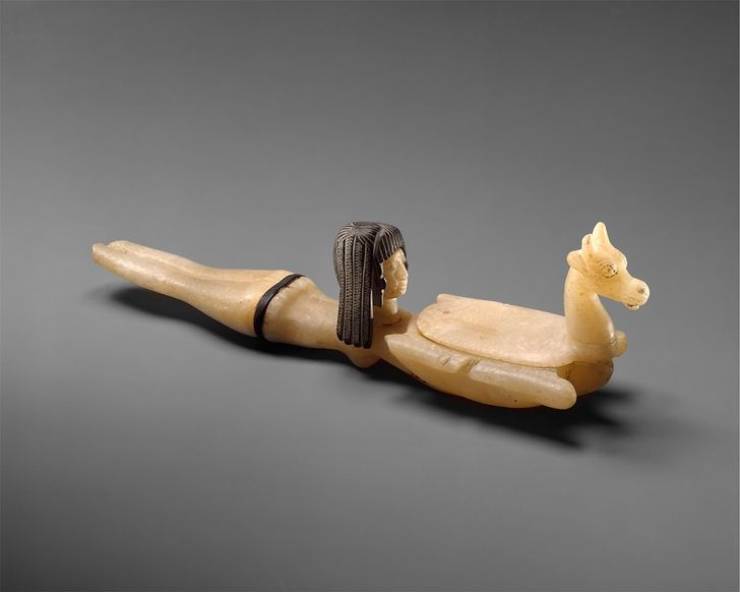
A silver drinking vessel with the front part in the shape of a wild cat, circa the first century, B.C.E.

Here’s a gold armband with the Herakles knot. It was believed that the Herakles knot could cure wounds and had the power to avert evil, Ancient Greece, second to the third century, B.C.E.
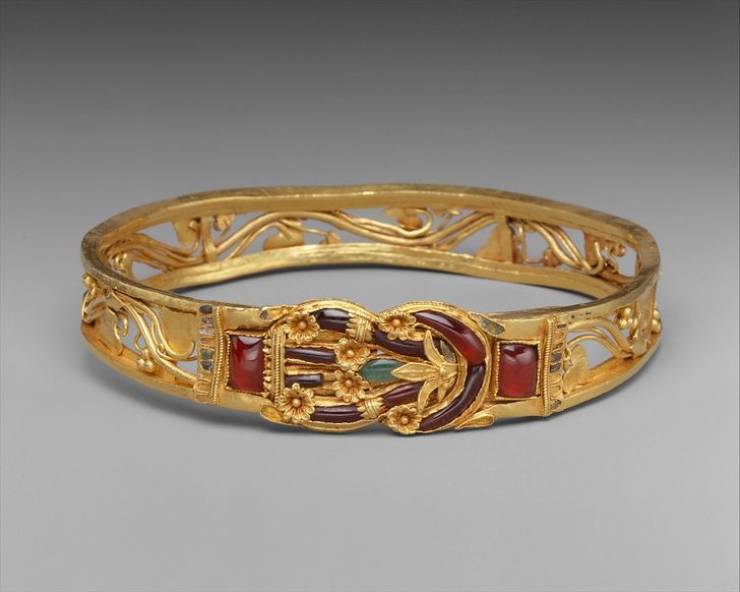
Gold earrings, Ancient Greece, circa 300 B.C.E.
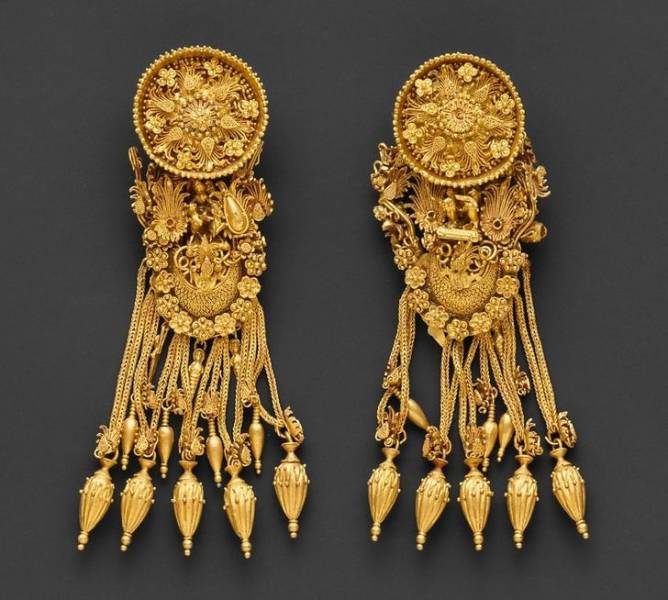
Fibulae: From the sixth century C.E. and 250 B.C.E.to 200 B.C.E. These metal pins for clothing had been used for 5,000 years until buttons were invented.
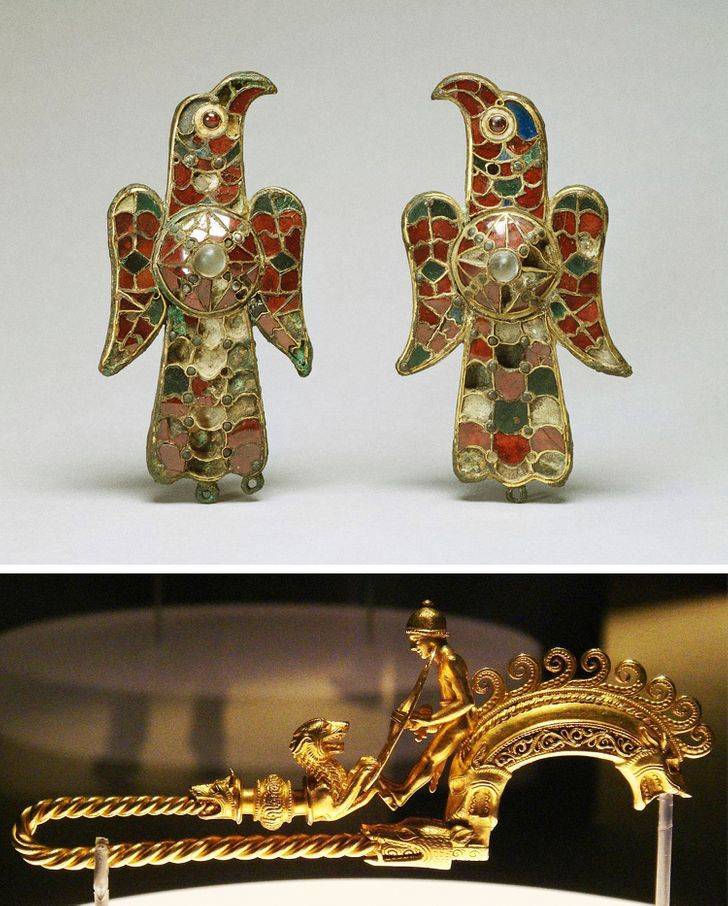
When a cat died, ancient Egyptians would shave off their eyebrows to mourn. They believed that if their pet’s mummy was placed in such a statuette, it would follow them to the other world, bronze, 332 B.C.E. to 30 B.C.E.
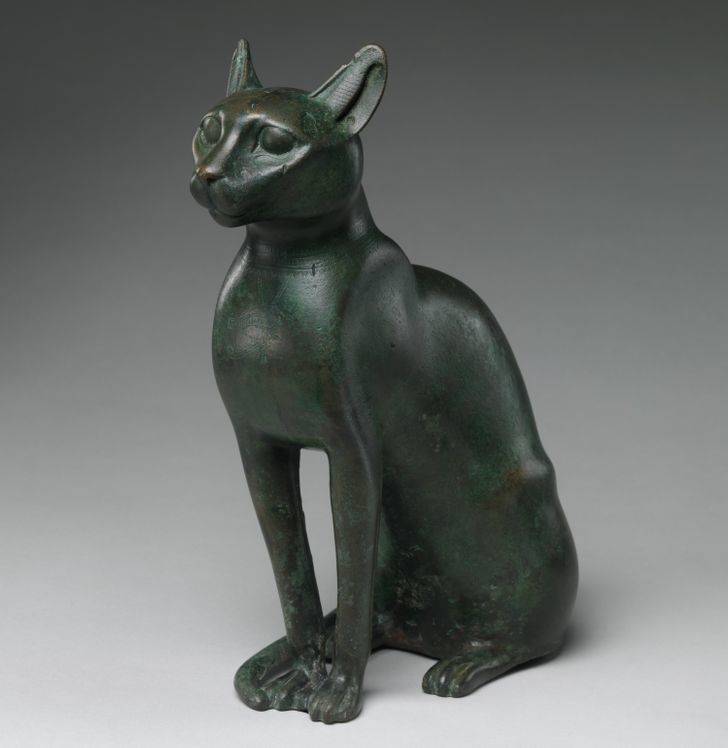
This is a blue glass jar from Ancient Rome, first century B.C.E. to the first century C.E. It was made with techniques that are now understood perfectly.
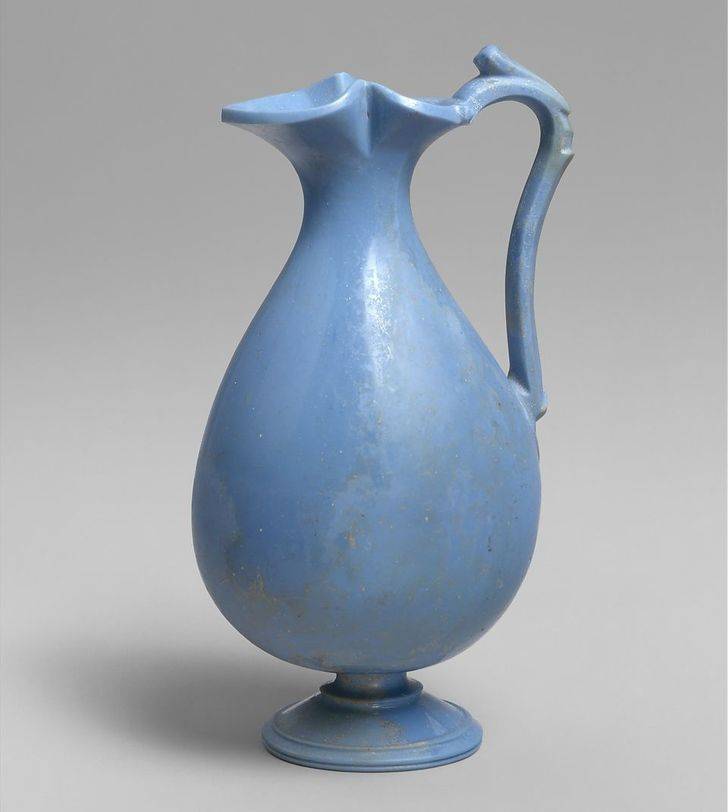
A gold bracelet, Byzantium, circa 400 C.E.
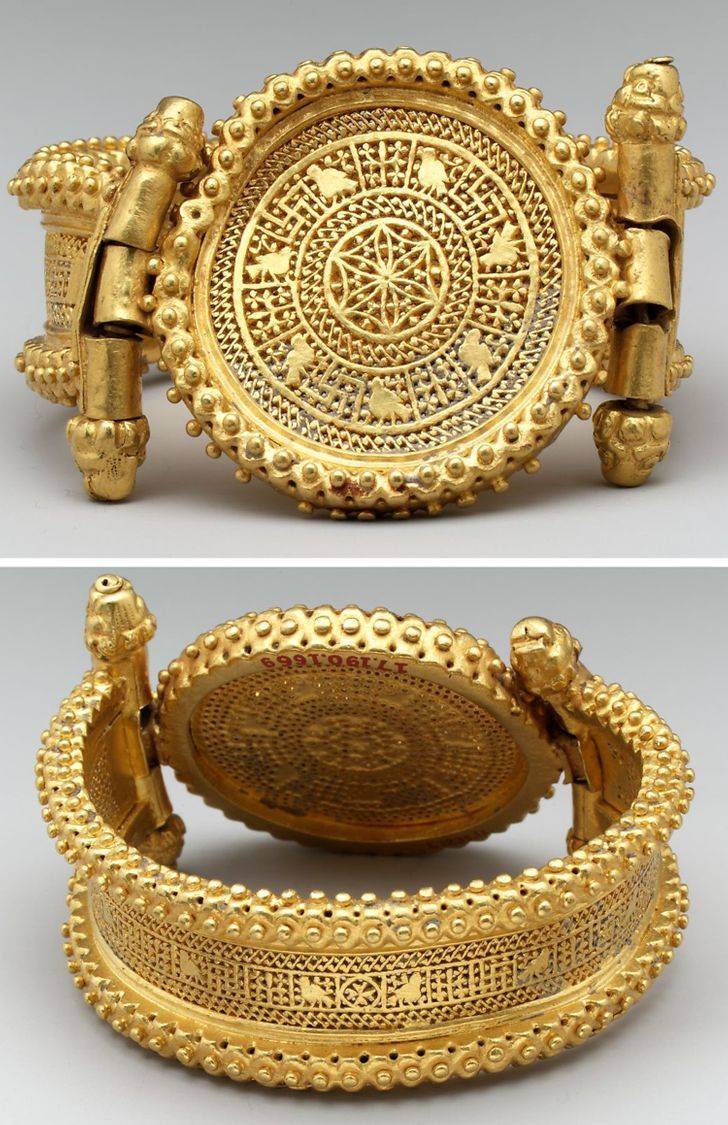
Ear ornaments. The Moche culture, Peru, 400 C.E. to 700 C.E.

An ewer with a handle shaped like a cat looking at birds, the seventh century C.E.
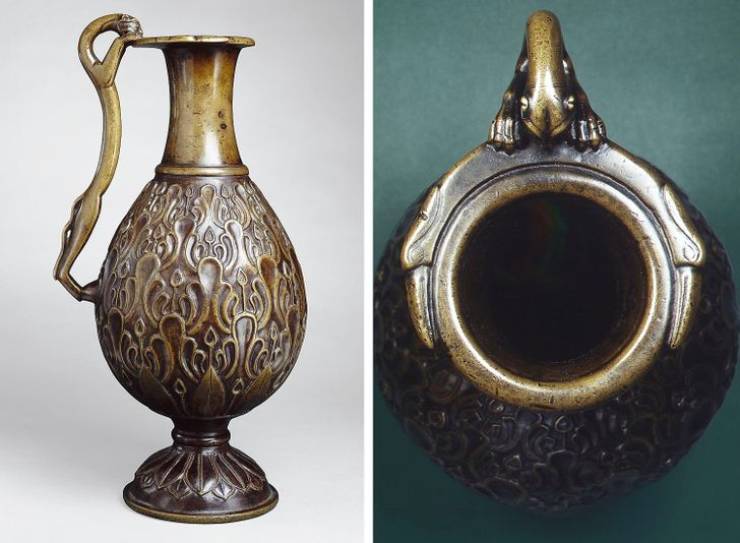
An aquamanile is an ewer used for washing hands. It depicts Samson tearing the lion’s mouth from the fourteenth century.

This tapestry, The Unicorn Rests in a Garden, from the fifteenth and sixteenth centuries, France-Netherlands
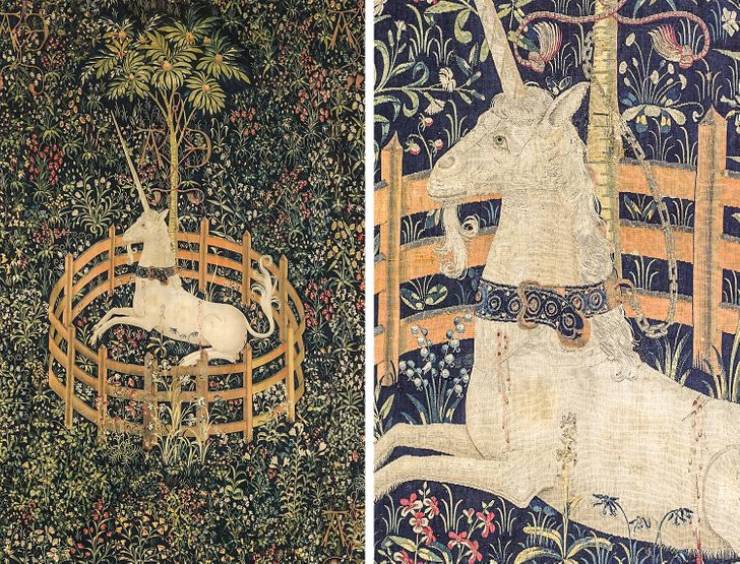
In 1512, Emperor Maximilian I ordered this armor to be made of gold and silver as a gift for his 12-year-old grandson. It took years to create it, and the gift turned out to be too small when it was complete.

Nautilus cup, made from a shell, The Netherlands, the sixteenth century
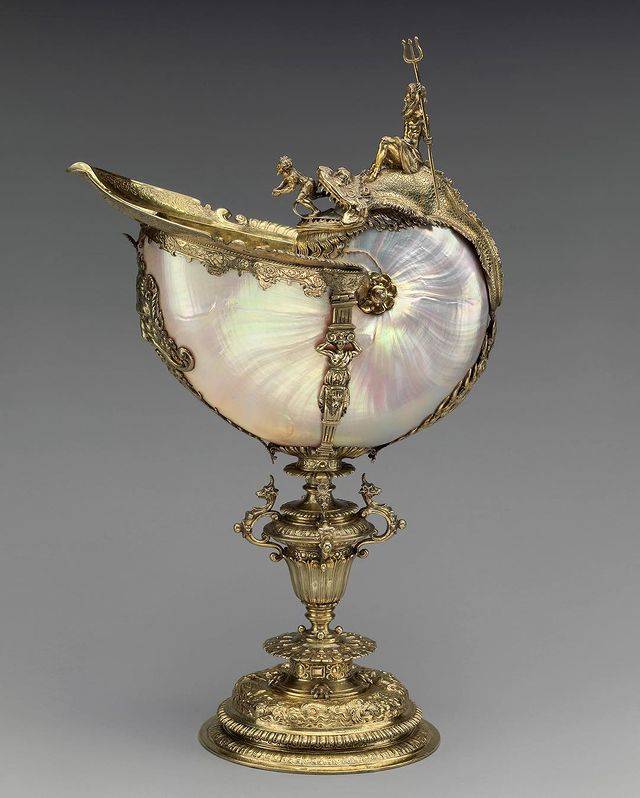 The bed of King Louis XIV, the seventeenth and eighteenth centuries
The bed of King Louis XIV, the seventeenth and eighteenth centuries
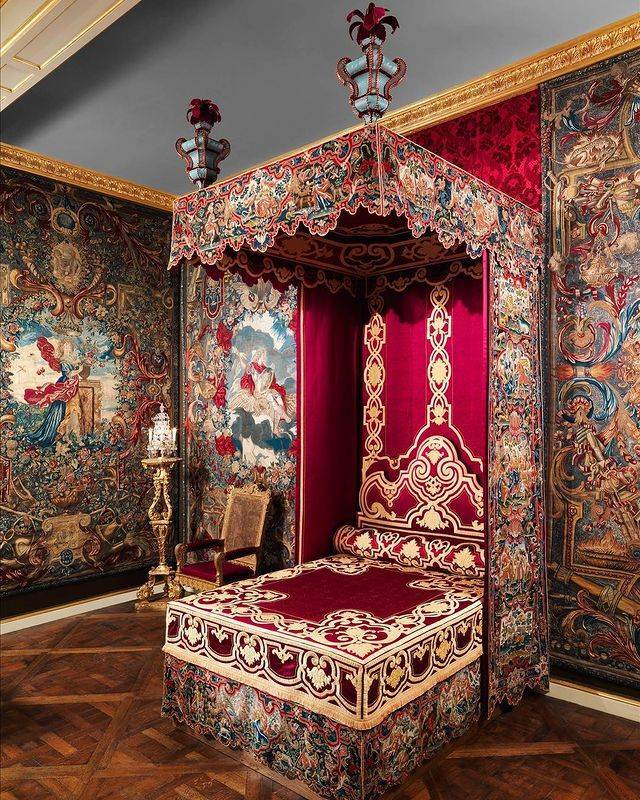
A mortar in the shape of a tiger, India, the eighteenth century
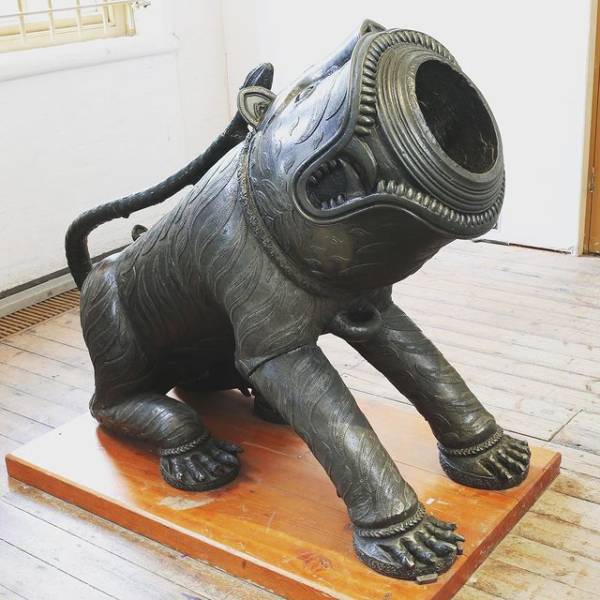
An ivory fan, China, the nineteenth century
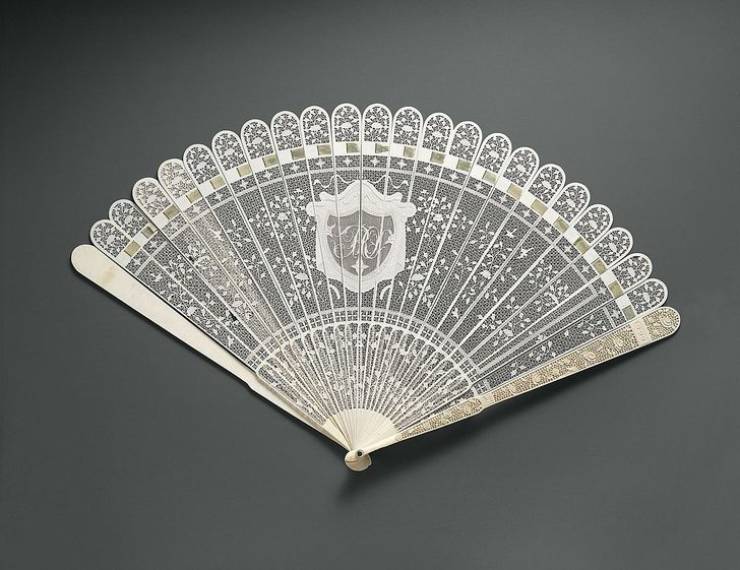
A silver tea set: a table with a removable tabletop and a teakettle with a burner, the eighteenth century
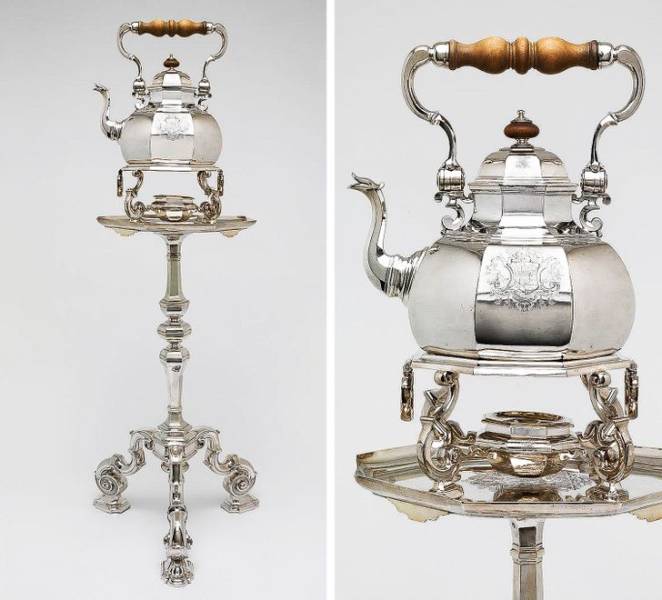
An incense burner in the shape of a rooster, China, the eighteenth century
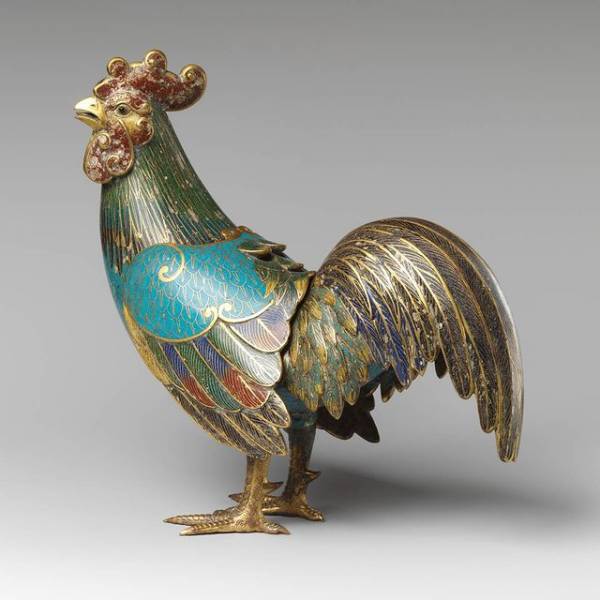
Napoleon’s toothbrush, the eighteenth century
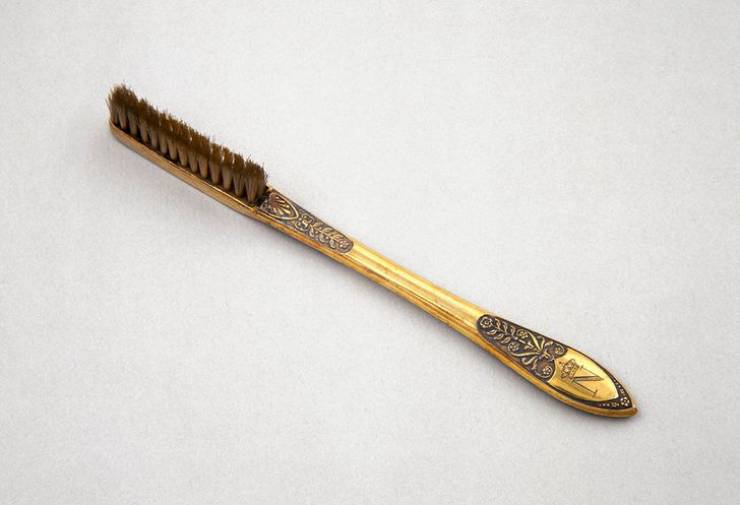
A marble sculpture, Veiled Lady, by Raffaelo Monti in Italy, the nineteenth century
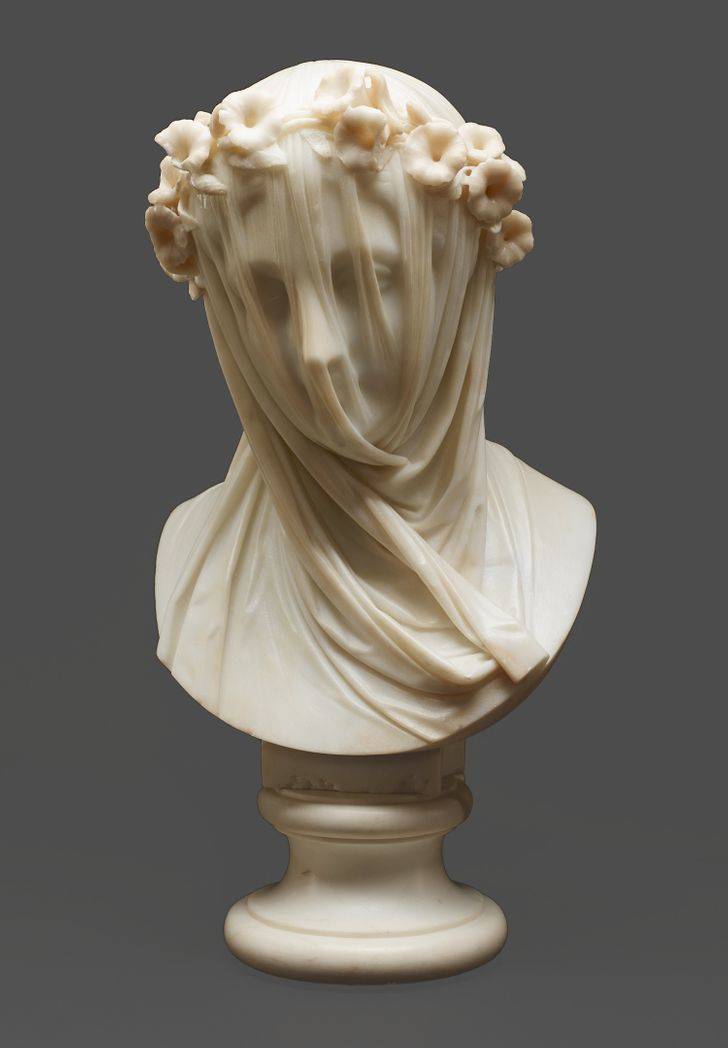
Turkmen women wore these types of headdresses every day until they got married. This one is made of silver, turquoise, and carnelian from Central Asia or Iran, late nineteenth and early twentieth century
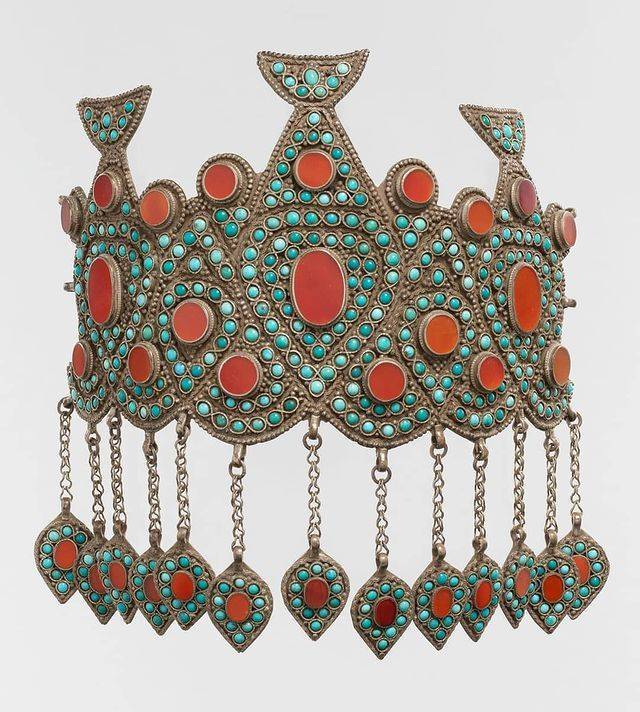
Bonus: Ancient Egyptians weighed goods with the help of similar stone weights. This frog weighs 10 minas (a measurement of weight), which is approximately 11 pounds, circa 2000 B.C.E. to 1600 B.C.E.
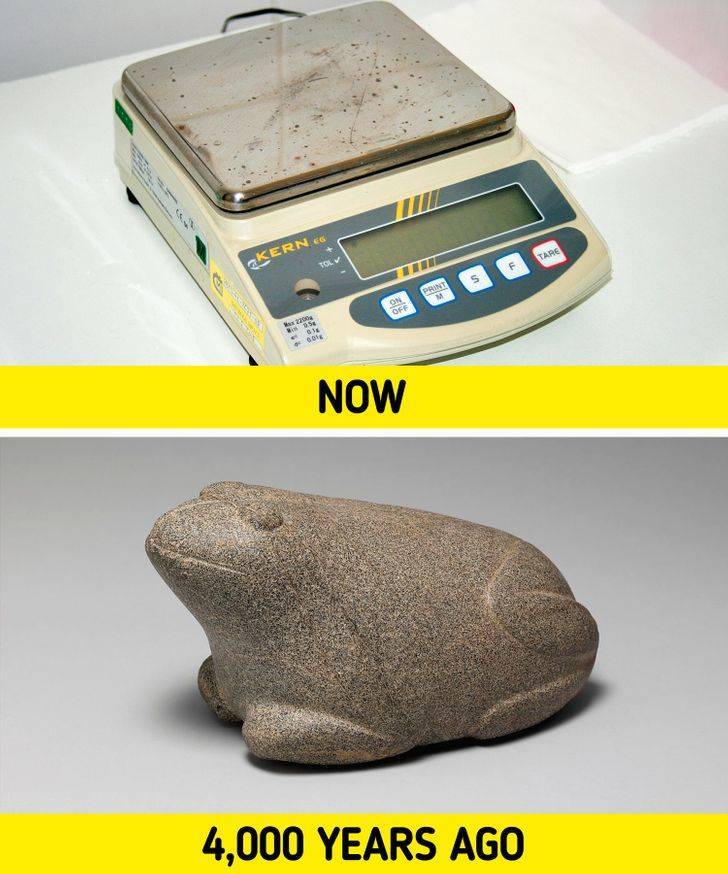
- 10shares
- 10
 Barnorama All Fun In The Barn
Barnorama All Fun In The Barn